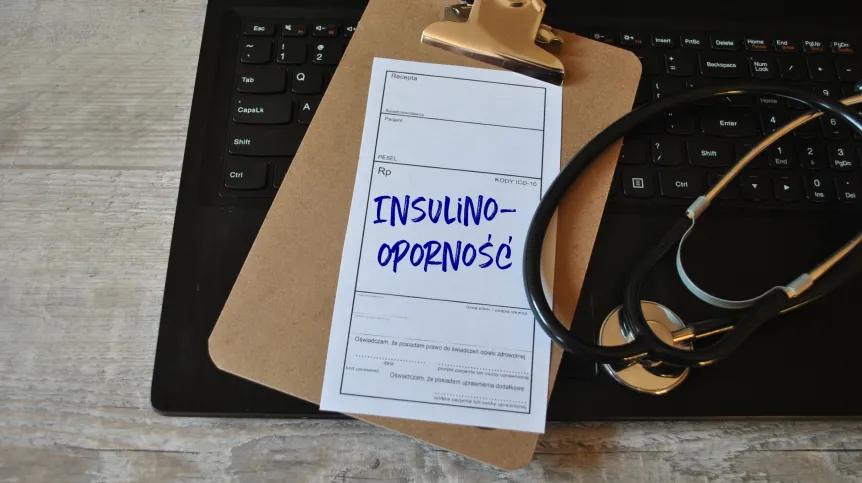
The early stage of insulin resistance development is associated with the structures surrounding the skeletal muscles, show scientists from the Institute of Animal Reproduction and Food Research of the Polish Academy of Sciences in Olsztyn.
The results of this research may be a step towards the search for a new drug for diseases associated with insulin resistance, which would have a targeted effect, we read in the release on the institute's website.
What is insulin resistance?
Insulin resistance is the reduced sensitivity of tissues to insulin (a hormone that regulates blood glucose levels). Its development can lead to type 2 diabetes, cardiovascular diseases, and many other diseases.
The most important tissue related to the action of insulin are skeletal muscles, which are responsible for about 80-85% of insulin-dependent glucose uptake. These tissues, along with their surrounding structures, were examined by scientists from the Department of Prophylaxis of Metabolic Diseases of the Institute of Animal Reproduction and Food Research PAS.
'Our research shows that the extracellular matrix of skeletal muscle may be important in the development of insulin resistance. It is a kind of mixture produced by cells filling the free spaces between them,’ says Róża Aleksandrowicz, a technologist from the Department of Prophylaxis of Metabolic Diseases.
This mixture includes integrins, protein receptors that transmit information between the external environment and the inside of cells.
What can influence the development of insulin resistance?
'We have shown that they can be involved in the modulation of insulin action even at the early stages of insulin resistance development,’ says Aleksandrowicz.
The results of the research conducted together with Professor Marek Strączkowski and Dr. Magdalena Stefanowicz have just been published in the Endocrine Journal.
The researcher explains that the role of factors related to the extracellular matrix in the development of insulin resistance is still not fully understood.
'The obtained results are the basis for further research on the role of integrins, which can help better understand the pathogenesis of insulin resistance, and in the future can be used to search for new drugs targeted specifically at the action of these integrins,’ Aleksandrowicz says.
PAP - Science in Poland
ekr/ agt/ kap/
tr. RL













